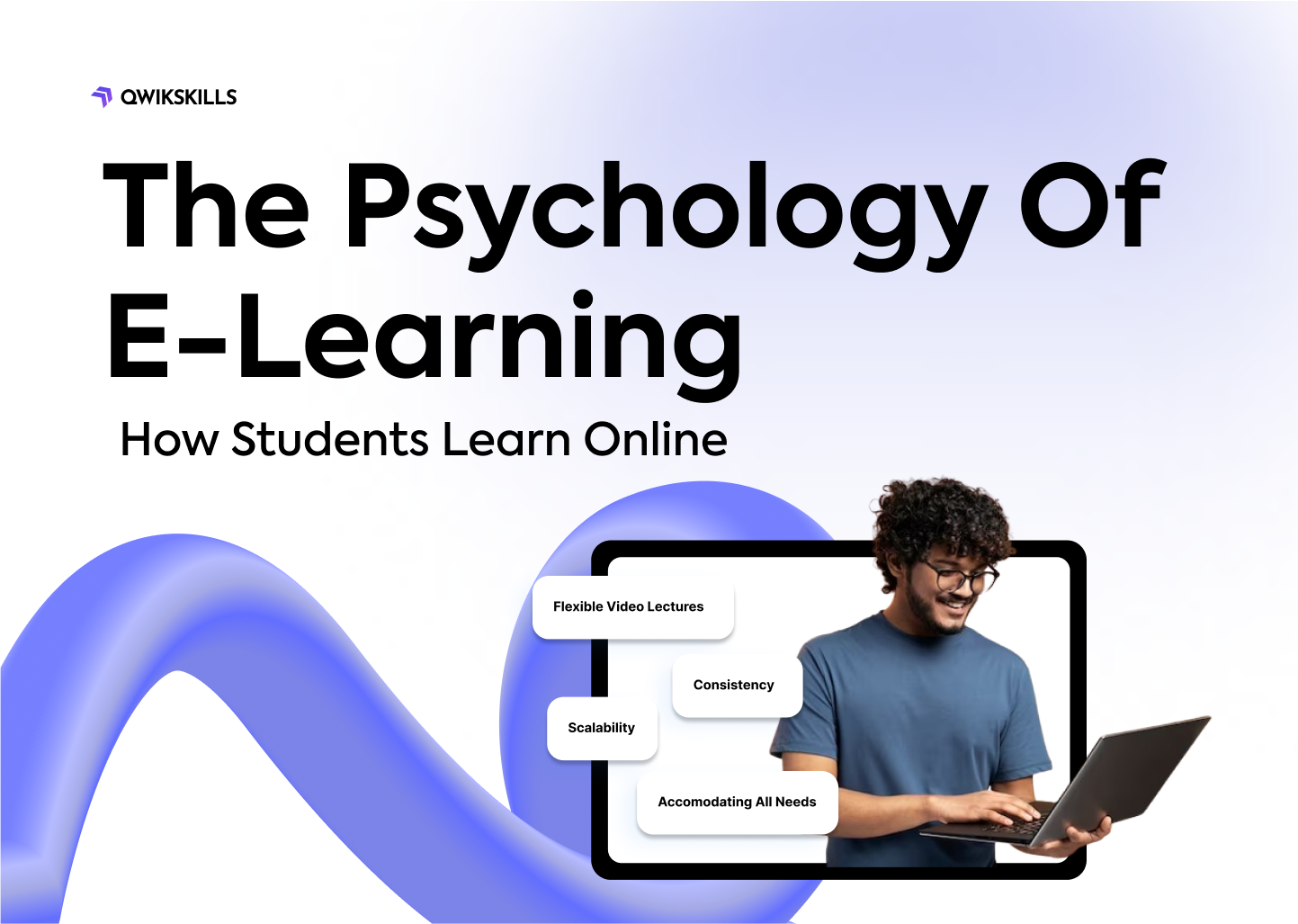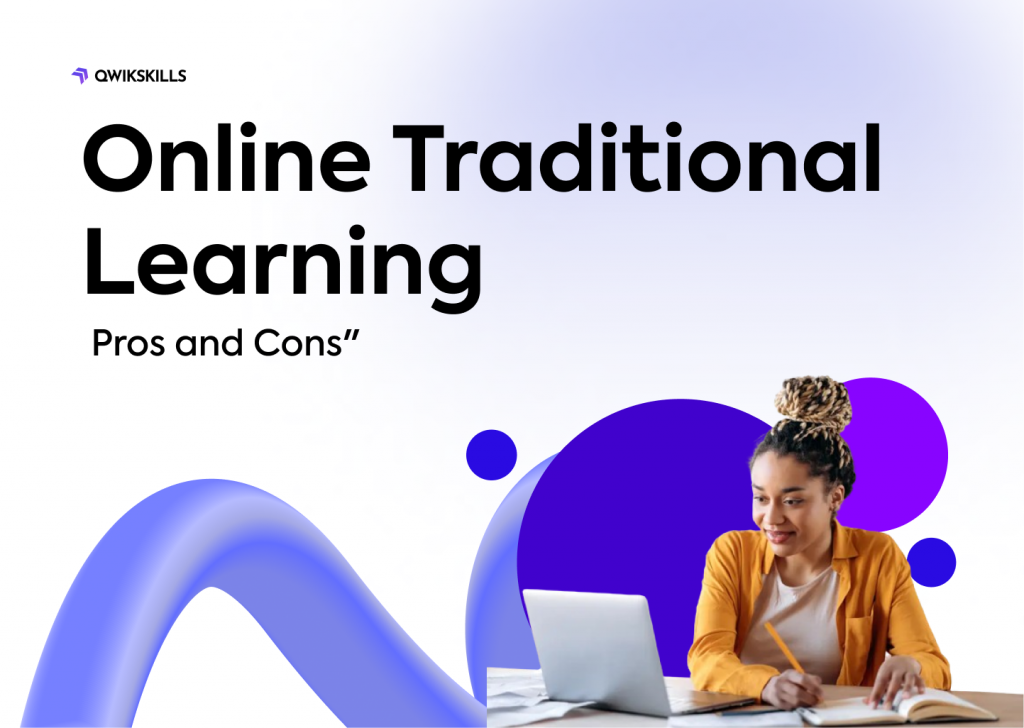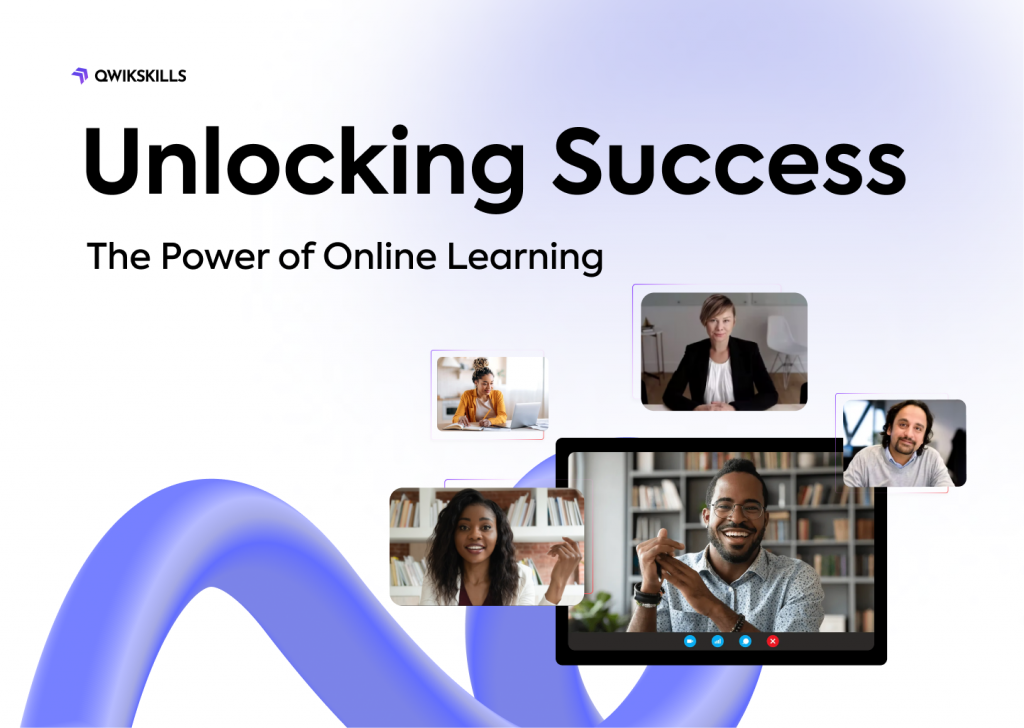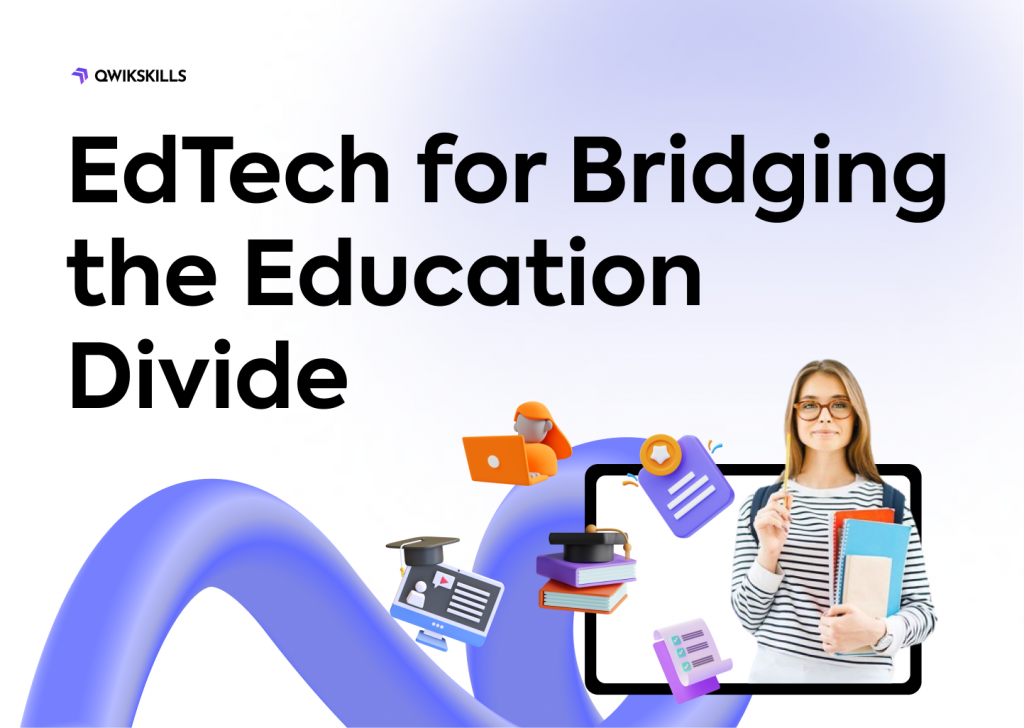The fast-paced world of technology has transformed many aspects of our daily lives, including how we learn. From classrooms to computers, education is becoming more accessible for students, thanks to online learning or e-learning.
Definition of e-Learning
So, what exactly is e-learning? Simply put, e-learning refers to the use of electronic technologies (usually the internet) to access educational curricula outside of a traditional classroom. This can involve several methods or formats:
- Online classes or courses
- Webinars
- Video lectures
- Digital textbooks and resources
This way, students have the flexibility to learn at their own pace and on their schedules.
Factors Affecting Students’ Motivation
Learning online can be a different experience for everyone. Several factors determine how well students stay motivated during their e-learning journey. Key among these are the Self-determination theory and the Goal-Setting theory.
Self-determination theory
The self-determination theory underscores the importance of human beings’ intrinsic tendencies to learn and express their capabilities. It emphasizes autonomy, competence, and relatedness. Essentially, students tend to be more engaged when they feel in control and competent in their learning, and they experience a connection with others. In an e-learning setting, this can be achieved through:
- Interactive learning platforms
- Encouraging virtual teamwork
- Providing supportive and constructive feedback
Goal Setting theory
According to the Goal Setting theory, clear, attainable goals directly influence motivation levels. When students set specific and challenging goals, it propels them towards hard work and determination. For effective e-learning:
- Allow students to set their own learning goals
- Encourage regular self-assessment
- Provide progress reports to make them aware of their achievements and challenges so far.
Cognitive Load Theory and E-Learning
One fundamental concept that plays a vital role in the realm of e-learning is the Cognitive Load Theory (CLT). This psychological theory serves as the backbone of successful online educational strategies, enhancing overall learning performance and student engagement in virtual classrooms.
Explanation of cognitive load theory
Cognitive Load Theory, coined in the 1980s by educational psychologist John Sweller, revolves around the understanding of our mental capacity or ‘working memory.’ It implies that our brains can only process a limited amount of information at once.
The burden experienced when learning new or complex material is referred to as ‘cognitive load.’ Too much of it can hinder comprehension and learning ability, often leading to frustration and disengagement.
Strategies to reduce cognitive load for students
To foster optimal e-learning, it’s crucial to employ strategies that minimize cognitive load. Here are a few effective ones:
- Breaking down information into manageable ‘chunks’
- Integrating visuals with verbal explanations for better understanding
- Avoiding unnecessary complexity in content presentation
- Providing real-world examples to contextualize what’s learned
- Offering regular breaks to allow information to ‘sink in’
By understanding and putting into practice methods that ease the cognitive load, we can refine e-learning experiences for students, encouraging not just consumption, but also comprehension of new knowledge.
Social Interaction and Student Collaboration
The evolution of e-learning signifies not just a shift from the physical classroom to a virtual one; it also involves a change in the ways students absorb and assimilate information. A notable area in the e-learning spectrum is the impact of social interaction and collaboration.
The Role of Social Presence in Online Learning
Social presence in e-learning refers to the degree to which students feel socially and emotionally connected with others in the online environment. The sense of being ‘there’ with others, even in a digital space, significantly promotes cognitive and affective learning outcomes.
- Enhances motivation
- Provides support to manage feelings of isolation
- Facilitates active learning through discussion and cooperation
Techniques to Promote Collaboration
Online courses should be designed in a way that promotes interaction amongst students, stimulating a similar atmosphere to a physical classroom. Using various collaboration tools and technologies, like Google Docs and Slack, can further encourage teamwork and active learning.
- Make use of discussion boards and online forums
- Incorporate group projects or tasks
- Integrate peer-to-peer review and feedback sessions
- Utilize collaboration tools and technologies
Student Emotions and E-Learning
Understanding the role of emotions in the e-learning process can heighten a student’s motivation and commitment to online classes.
The Impact of Emotions on Online Learning
Emotions have a considerable influence on the way students grasp, interpret, and retain information while learning online. Positive emotions such as happiness, curiosity and excitement can boost motivation, enhance concentration, and encourage participation.
Adaptation and Personalization in E-Learning
In the realm of e-learning, adopting unique individual learning styles and personalizing the learning environment have critical implications for successful online education. This is all centred on the understanding and analysis of the learner’s psychological perception.
Personalized learning environments and their benefits
Embracing personalized learning environments in an e-learning setting can offer significant benefits. Some of these are:
- Enabling students to learn at their own pace
- Allowing learning materials to be adjusted based on individual learner profiles
- Facilitating ongoing feedback and assessment
In turn, these benefits can enhance student engagement, increase motivation, and improve overall learning outcomes in e-learning environments.
Feedback and Assessment in E-Learning
Feedback and assessment play a crucial role in the e-learning environment, significantly impacting students’ performance and motivation.
Importance of feedback in online learning
Feedback in online learning differs greatly from traditional classroom feedback. It’s more complex as it has to combat the physical separation between students and instructors. It also:
- Boosts student engagement
- Encourages positive attitude towards learning
- Stimulates critical thinking
- Enhances problem-solving skills
Effective assessment strategies for online classes
Likewise, well-designed assessments are critical to measure students’ understanding of online class material. They can include:
- Quizzes and tests
- Discussion forums
- Peer-reviewed assignments
- Projects or presentations
Effective assessment strategies consider learning objectives alongside student engagement and usability of the assessment tools. By involving students in the assessment process, they become active participants in their learning journey, effectively boosting their motivation and autonomy.
E-Learning and Cognitive Development
The advent and expansion of e-learning platforms have introduced opportunities for cognitive development that differ significantly from traditional classroom learning. While many perceive face-to-face education as an essential part of the learning process, e-learning can also offer unique benefits to students’ cognitive development.
Benefits and challenges of cognitive development
Despite its numerous advantages, e-learning also comes with challenges that can impact cognitive development. Benefits often include flexibility, accessibility, and personalized learning. However, lack of social interaction and limited hands-on experience can pose challenges to learners. Balancing these aspects is crucial to drive successful e-learning outcomes.
Enhancing Student Engagement in E-Learning
One common concern with “e-learning” or “online classes” is how to keep “students” engaged and motivated during the learning journey. The promising news is, with the help of modern technology and the application of certain techniques, it’s entirely possible to create an e-learning environment where students are not just mere spectators, but active participants.
Gamification Techniques
Gamification, the technique of incorporating elements of games into non-gaming environments, has proven to be a highly effective method to boost student engagement. This can include simple methods like providing badges for course completion. E
ven leaderboards for top performers, or more complex ones like role-playing. These strategies not only make learning fun but also foster a healthy competitive environment among students.
Conclusion
This journey unveiled essential psychological factors that drive effective e-learning. We learned how students learn online, the significance of creating a conducive and engaging digital environment, and the important role of fostering students’ motivation.
As you embark on your journey towards future-ready learning, explore QwikSkills for a transformative education experience. It’s more than just education; it’s empowerment.




